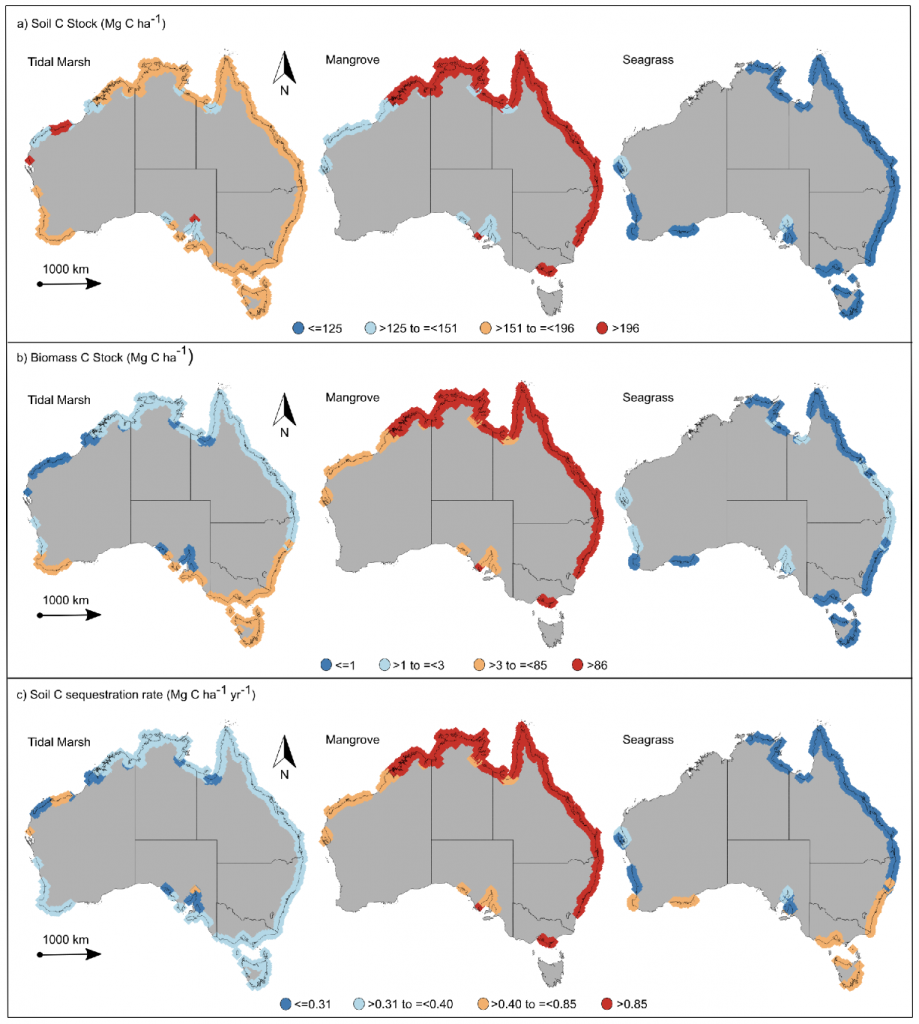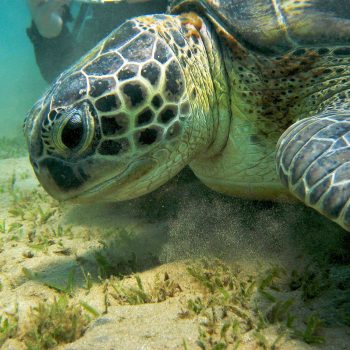Australia’s blue carbon budget
Australia’s blue carbon budget
- Posted by Tom Rayner
- On September 13, 2019
- Comments
As the world scrambles to tackle climate change, countries are being asked to determine their contributions to the global blue carbon budget.
Now they can.
Balancing the budget
Countries need to understand their carbon budgets. That means answering questions like these.
- What activities are responsible for the highest emissions?
- Where is the carbon stored in their environments?
- How quickly and for how long it is stored?
- What can we do to improve this budget, by reducing emissions or improving sequestration?
In 2018, Australia put forward a resolution at an international policy meeting on wetlands, encouraging countries to focus on answering these questions for their blue carbon ecosystems. It noted that territories of 151 countries contain at least one coastal blue-carbon ecosystem (mangroves, seagrass or saltmarsh) and 71 contain all three types.
Specifically, the resolution encouraged all parties to estimate the carbon storage and fluxes of their coastal wetlands and update their national greenhouse gas inventories to better reflect data for wetlands.
Now, it’s being done.
Australia is a blue carbon hotspot
New research published today in Nature Communications shows that Australia is a hot spot for blue carbon storage.
“We have some of the world’s largest blue carbon storage capacity. Our mangroves, seagrass and saltmarsh habitats hold 5-11% of global blue carbon stocks”, the study says.

Scaled up estimates of organic carbon (C) storage in vegetated coastal ecosystems (tidal marshes, mangroves and seagrasses) across Australian climate regions. From Serrano et al. (2019).
Coastal ecosystems store carbon 4-times more efficiently than vegetation on land. In Australia, these habitats account for 2-7% of the total annual soil carbon sequestration. They also have far more capacity to store carbon over very long periods and are usually not affected by fires.
However, Australia has lost a lot of its blue carbon ecosystems. Up to 78% of some habitat types are gone and the remainder face threats. Emissions from current losses of coastal wetlands are 2-3 million tons of CO2/yr. This increases Australia’s annual emissions from land use change by 12-21%.
Fighting climate change
Restoration can help fight climate change, protect biodiversity and boost ecosystem services.
For example, replanting just 10% of Australia’s lost mangroves would enhance soil carbon sequestration enough to reduce annual emissions from national land use change by 4-5%. Restoration of mangroves also has other benefits, like protecting coastal towns, supporting biodiversity and promoting fisheries production.
The research shows the strong, active collaborations among blue carbon researchers. It follows work by GLOW researcher Fernanda Adame on blue carbon in Mexico and another recent paper, also co-authored by Prof. Connolly, which highlighted the 10 most pressing questions for blue carbon research.
Australia is leading the world with this work, by providing an exemplar of an approach toward estimating national blue carbon resources elsewhere.




0 Comments